BY WENDY STEPHENS In addition to the ALSC awards described in the previous post, the Young Adult Library Association (YALSA) also designates award-winning and honor books for adolescent literature. Among the best-known awards for adolescent literature is the Michael L. Printz Award for Excellence in Young Adult Literature, administered by YALSA. However, there are many other opportunities to learn about exceptional literature for teens. The life and legacy of Margaret A. Edwards are honored through two award designations:
A shortlist of finalists for two of YALSA's flagship awards -- the YALSA Excellence in Nonfiction for Young Adults Award, honoring the best nonfiction books for teens and the William C. Morris Award, which honors a debut book written for young adults by a previously unpublished author, are announced in December, with the winner of each being part of the press conference.
In addition to designating award books, YALSA also compiles book list resources that can aid librarians and teachers in selecting books that appeal to young adults. A decade ago, YALSA moved four of its lists onto The Hub, its literature blog platform, so that youth services librarians involved in collection development could benefit from more real-time input. All four categories post throughout the year, leading to year-end lists reflecting that year's best titles. Those include:
Outside the Monday morning announcements, there are myriad other titles to explore. Among those, the United States Board on Books for Young People (USBBY) uses Midwinter to announce its Outstanding International Books (OIB) list showcasing international children's titles -- books published or distributed in the United States that originated or were first published in a country other than the U.S. -- that are deemed the most outstanding of those published during that year. RISE: A Feminist Book Project for ages 0-18, previously the Amelia Bloomer Project, is a committee of the Feminist Task Force of the Social Responsibilities Round Table (SRRT), that produces an annual annotated book list of well-written and well-illustrated books with significant feminist content for young readers. There are even genre fiction honors. For the past four years, the Core Excellence in Children’s and Young Adult Science Fiction Notable Lists designates notable children’s and young adult science fiction, organized into three age-appropriate categories, also announced at Midwinter. Next year, we will have another treat to look forward to when the Graphic Novel and Comics Round Table (GNCRT) inaugurates its Reading List. That's a lot of books! What are the can't-miss titles? I train my students to look for overlaps, like Candace Fleming winning this year for information text across age ranges. What does it indicate when the Sibert and YALSA's Nonfiction Award overlap? When a book is honored by both the Printz and YALSA Nonfiction? Though the in-person announcement is exhilarating, especially the view from the seats at the front of the auditorium reserved for committee members, the webcast approximates its energy and allows you to share with students in real-time. To make sure you catch all of the lists, follow the press releases from ALA News and on twitter. Until next January! Wendy Stephens is an Assistant Professor and the Library Media Program Chair at Jacksonville State University. BY WENDY STEPHENSEditorial Note: This post is the first in a 2-part series by Wendy Stephens discussing the rich landscape of book awards announced over the winter months. In this first post, Wendy focuses on ALSC awards and awards by ALA affiliates recognizing books for children or books for a wide spectrum of age groups. The second post, which will be published next week, will present awards for YA literature administered by YALSA, as well as several other notable awards. When we talk about budgeting for materials, I always advise my school librarian candidates to be sure to save some funding for January. No matter how good their ongoing collection development has been throughout the year, there are always some surprises when the American Library Association's Youth Media Awards (YMAs) roll around, and they'll want to be able to share the latest and best in children's literature with their readers. These are the books that will keep their collections up-to-date and relevant. From our own childhoods, we always remember the "books with the medals" -- particularly the John Newbery for the most outstanding contribution to children's literature and the Randolph Caldecott for the most distinguished American picture book for children. These books become must-buys and remain touchstones for young readers. In 2021, Newbery is celebrating its one hundredth year. Some past winners and honor books are very much a product of their time, and many of those once held in high esteem lack appeal today. For those of us working with children and with children's literature, the new books honored at Midwinter offer opportunities to revisit curriculum, update mentor texts, and build Lesesneian "reading ladders." Each award committee has its own particular award criteria and guidelines for eligibility, and its own process and confidentiality norms. Every year, the YMAs seems to be peppered with small surprises. Does New Kid winning the Newbery means graphic novels are finally canonical? Is Neil Gaiman an American? What about all the 2015 Caldecott honors, including the controversial That One Summer? Did the Newbery designation of The Last Stop on Market Street mean you can validate using picture books with older students? How does Cozbi A. Cabrera's much-honored art work resonate at this historical moment? In Horn Book and School Library Journal, Newbery, Caldecott and Printz contenders are tracked throughout the year in blogs like Someday My Printz Will Come, Heavy Medal, and Calling Caldecott. Other independent sites like Guessing Geisel, founded by Amy Seto Forrester are equally devoted to award prediction. Among librarians and readers, there are lots of armchair quarterbacks, and conducting mock Newbery and Caldecotts, either among groups of professionals or with children, have become almost a cottage industry. There are numerous how-tos on that subject, from reputable sources like The Nerdy Book Club and BookPage. But there are numerous other awards announced at ALA Midwinter almost simultaneously that deserve your attention, too. Among the Association for Library Services for Children (ALSC) awards are: the Robert F. Sibert Medal, the Mildred L. Batchelder Award, the Geisel Award, the Excellence in Early Learning Digital Media Award, and the Children's Literature Legacy Award.
Aside from the award winners, each year annual ALSC Children's Notable Lists are produced in categories for Notable Children's Recordings, Notable Children's Digital Media, and Notable Children's Books. If you want to see the machinations behind the designation, those discussions are open to the public this year via virtual meeting links. Outside of ALSC, many of ALA’s affiliates have their own honors for children's literature. These include the Ethnic and Multicultural Information Exchange Round Table (EMIERT) which sponsors the Coretta Scott King Book Awards; the Association of Jewish Libraries which sponsors the Sydney Taylor Book Awards; and REFORMA: The National Association to Promote Library and Information Services to Latinos and the Spanish-Speaking which sponsors the Pura Belpré awards. In addition to these affiliates, others such as the Asian/Pacific American Librarian Association and the American Indian Library Association also present awards. The awards are always evolving to reflect the abundance of literature available for young people. Like the Association of Jewish Libraries and the Asian/Pacific American Librarian Association awards, the American Indian Youth Literature Awards were first added to the televised YMA event in 2018. And this year was the first year for inclusion for a new Young Adult category for the Pura Belpré. Two awards of particular significance are the Stonewall Book Award – Mike Morgan and Larry Romans Children’s and Young Adult Literature Awards are given annually to English-language works found to be of exceptional merit for children or teens relating to the gay, lesbian, bisexual and transgender experience, and the Schneider Family Book Awards, honoring authors or illustrators for the artistic expression of the disability experience for child and adolescent audiences, with recipients in three categories: younger children, middle grades, and teens.
Wendy Stephens is an Assistant Professor and the Library Media Program Chair at Jacksonville State University. By Katie Caprino, Elizabethtown College
One of the reasons I became a teacher was because it was a profession in which I thought I could be creative. A writer, I wanted a position in which I could carry on my passion of writing and inspire student writers.
Reflecting back on my work as a middle and high school English teacher, I lament the limitations I feel were put on my work as a creative person. Even my current role as a literacy teacher educator seems overwhelmed at times by elements which I feel are the absolute antithesis to creativity. My opportunity to teach the creative methods course at my institution gave me a space to engage with creativity and to help future teachers think critically about what creativity looks like in the classroom and inspire them to be creative teachers. Inspired by Brandt’s (1998) work on literacy sponsors, I believe that teachers, students’ peers, and even students themselves play an important role in being creativity sponsors. In this blog post, I share a few contemporary books that provide portrayals of creativity sponsors, framing my work in the context of research on creativity. I then provide teachers with some ideas on how to use contemporary children’s literature texts as inspiration to facilitate a creative classroom. The Books
In this video, Resnick discusses how to help kids become creative thinkers.
Now What?
Certainly, adding the titles shared above to your classroom library is a good start. Sharing these books with students in a way that invites them to discuss what they think creativity is, whether they are creative, and how their schooling experiences have encouraged or restricted creativity could be the next step.
And then I call for a little self-reflection. Are you, as a teacher, more like Leon or Marisol in Ish? How might you be more of a Miss Lightstone from One Time? When you think about your students, do they take risks like the little girl in What If? Or do they ask so many questions about how assignments will be graded and what you want like Gina’s classmates in One Time? Do your students know what to do with some free time like the little child in On A Magical Do-Nothing Day? These reflections might prompt you to think about how you might use one of the books shared in this post as a mentor text for a lesson idea. Here are some ideas! ● Let your students freewrite, working up to longer periods of time, and share their work. (One Time) ● Provide students with an object and ask them what they would do if that object broke in order to complete an intended task. (What If) ● Offer spaces in your classroom where your students can explore and play. (On a Magical Do-Nothing Day) ● Invite your students to draw a picture, and post everyone’s picture in a gallery. (Ish) It is important to think about how important creativity sponsors are in a child’s life. Teachers can be creativity sponsors, but so, too, can peers and children themselves – if we let them! It is my hope that these book recommendations, along with the reflective prompts and lesson ideas, may inspire creativity in you and your students!
Books Referenced
Alemagna, B. (2016). On a magical do-nothing day. New York: HarperCollins. Berger, S. (2018). What if. New York: Hachette Book Group. Brandt, D. (1998). Sponsors of literacy. College Composition and Communication, 49(2), 165- 185. Creech, S. (2020). One time. New York: HarperCollins. Creech, S. (2001). Love that dog. New York: HarperCollins. Resnick, M. (2018). Lifelong kindergarten: Cultivating creativity through projects, passion, peers, and play. Cambridge, MA: MIT Press. Reynolds, P. (2004). Ish. Somerville, MA: Candlewick.
Kathryn Caprino is a CLA member and is an Assistant Professor of PK-12 New Literacies at Elizabethtown College. You can follow her on Twitter @KcapLiteracy. She blogs frequently at Katie Reviews Books.
BY MARY ANN CAPPIELLO on behalf of The Biography Clearinghouse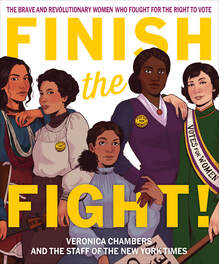 As we approach the final quarter of 2020, fires rage along the West Coast. Many regions of the United States face drought conditions. Gulf communities are inundated by Hurricane Sally while a string of storms line up in the Atlantic, waiting their turn. The impact of climate change is evident. COVID-19 continues to wreak havoc on our lives, our health. We bear witness to the disproportionate impact of COVID-19 on minoritized groups, including Black and Latinx communities, Native Americans, and the elderly. Across America, Black Lives Matter protests carry on, demanding that our nation invest in the essential work necessary to achieve a more perfect union through racial justice. In 2020, we remember moments of historic change, commemorating the 30th anniversary of the Americans with Disabilities Act and the 100th anniversary of the 19th Amendment. 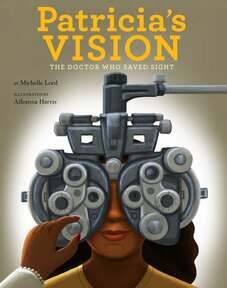 The intensity of this moment can’t be denied. It’s demanding. It’s exhausting. Whether you are a teacher, librarian, or university faculty member, you are likely teaching in multiple new formats and modalities, facing daily logistical challenges. Caregivers also face new hurdles in supporting young people’s learning. How do you meet the needs of students and the needs of this moment in history? How do you find hope in literature? Perhaps one way is to turn to the people of the past and the present who are working on the edges of scientific knowledge. Or, to turn to the people of the past and the present who have acted as champions of social justice. Their life stories offer young people models of agency and action, blueprints for change. To that end, The Biography Clearinghouse shares 20 biographies for 2020, a list of recent picturebook and collected biographies to connect with the challenges of the moment. This list is not comprehensive. It is simply a starting place. We hope these recently published biographies of diverse changemakers can become part of your curriculum or part of your read aloud calendar, in-person or over video conferencing software. Biographies About ScientistsBiographies About Champions for Change
If you have any picture book or chapter-length biographies or collected biographies for young people that you would like to recommend, please email us at thebiographyclearinghouse@gmail.com. We’re also interested in hearing more about how you’re using life stories in the classroom this year. Mary Ann Cappiello teaches courses in children’s literature and literacy methods at Lesley University, blogs about teaching with children’s literature at The Classroom Bookshelf, a School Library Journal blog, and is a former chair of NCTE’s Orbis Pictus Award for Outstanding Nonfiction K-8. By Jennifer Graff and Courtney Shimek on behalf of the Biography Clearinghouse As shared in our initial Biography Clearinghouse post, we are committed to showcasing how biographies can help connect youths with each other and the world. Offering curricular possibilities that are easily adaptable to grade level, time, and other contexts and providing “behind-the-scenes” content from biography creators are central components of our commitment. 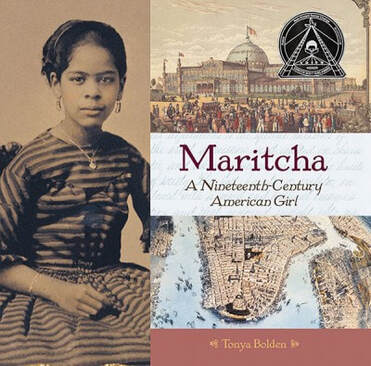 In the spirit of returning to school and the desire to amplify the historical achievements of Black people in the U.S., we showcase the story of someone committed to justice and equity her entire life. “A child of New York City’s striving class of Blacks in the mid-1800s" (p.5) whose ideals were to “Aim high! Stand tall! Be strong! -- and do!” (p.5); a girl whose mother was “an ace operator for the Underground Railroad” (p.21); and an educator who wrote, “I never forgot that I had to sue for a privilege which any but a colored girl could have without asking” (p.36). Thus, our first featured biography on the Biography Clearinghouse website is Tonya Bolden’s award-winning Maritcha: A Nineteenth-Century American Girl. Bolden felt compelled to write about Maritcha after coming across her memoir at the Schomburg Center for Research in Black Culture. Bolden’s rich, descriptive language and use of primary and secondary sources illuminate the life and experiences of Maritcha Rémond Lyons and her family in New York City during the latter half of the 19th century. Readers discover what life for Blacks was like in New York City, witness the terror and violence of the Draft Riots in 1863, and experience the fight for education and equal treatment. Bolden’s discussion of her research and writing process in the front and back matter as well as Maritcha’s perseverance, determination, and legacy inspired us to interview Bolden and imagine how we could incorporate this powerful biography into our classrooms. Operating within our Investigate, Explore, and Create model, we designed teaching ideas geared toward literacy and content area learning as well as opportunities for socio-emotional learning and strengthening community connections.
Getting to Know Your Community Leaders
Community networks were central to Maritcha’s story as well as her and her family’s accomplishments. The importance of community networks is still present today. But how often do we have opportunities to delve deeper into the community networks that help us survive, if not thrive?
By investigating biographers’ research and writing processes and connecting people and historical events to our modern lives, we hope to motivate change in how readers engage with biographies, each other, and the larger world. To see more classroom possibilities and helpful resources connected to Marticha: A Nineteenth Century American Girl, visit the Biography Clearinghouse. Additionally, we’d love to hear how the interview and these ideas inspired you. Email us at thebiographyclearinghouse@gmail.com with your connections, creations, questions, or comment below if you’re reading this on Twitter or Facebook. Jennifer M. Graff is an associate professor at the University of Georgia, the current past-president of CLA, and a former committee member of NCTE’s Orbis Pictus Award for Outstanding Nonfiction for Children. Courtney Shimek is an assistant professor at West Virginia University and has been a member of CLA since 2015. BY ASHLEY A. ATKINSON As we enter another week of sheltering in place and remote learning, it is clear that COVID19 will continue to impact our educational practices for the foreseeable future. As I talk to friends and colleagues still in the classroom, they share some beautiful moments of success that should be celebrated. However, I also hear stories highlighting the difficulty of continuing to maintain student engagement. During this time of stress on a global level, we, as educators, have to reach deep into our toolboxes to find new ways to engage with our students and their families. One silver lining that has stemmed from COVID19 is the influx of resources provided by authors and illustrators to assist parents and teachers in engaging with literacy learning at home. I have seen several blog posts, including Lora M. Dewalt's Post on this blog @Instagram’s #KidLit Community, that highlight amazing opportunities to engage with authors. In today’s post, I am going to focus on the illustrators. Visual images are an important aspect of meaning making for young children. Often in the classroom, we focus on the words authors pen and less on ways in which the illustrator is a crucial part of the story. Larry Sipe in his book, Storytime: Young Children's Literary Understanding in the Classroom, highlighted the interplay and interconnectedness between images and text, what he called synergy. The synergistic relationship of illustrations and text makes clear the greater impact when viewed together. Giving students a chance to engage and create both text and illustrations honors this relationship and expands the possibilities for how children make meaning.
|
Mo Lunch DoodlesYou may be familiar with Mo Willems as the well-known author and illustrator of the Elephant and Piggie book series, but did you know he is also the Kennedy Center Education Artist-in-Residence at Home? In partnership with the Kennedy Center, he has created 15 episodes of Lunch Doodles with Mo Willems. In his own words, Mo Willems says, “You might be isolated, but you’re not alone. You are an art maker. Let’s make some together.” The series offers downloadable activities that focus on his creative process as well as some “how to draw” activities. In an effort to isolate together, students can tag their artwork on social media with #MoLunchDoodles. What a great way for students to see how a single image can be the seed that grows into a whole picturebook! How to Draw DisneyDisney is offering its own how to draw series which allows students to create their own stories around some of their favorite characters.
|
Dav Pilkey at HomeAnother great resource comes from Dav Pilkey, author and illustrator of Captain Underpants and Dog Man. He is working in conjunction with Scholastic and the Library of Congress to offer weekly video lessons that focus on a chance to read, to draw, to create, and to engage with other multimodal fun. What is great about this resource is that it offers a chance for families to have conversations around books and create art together. Ready- Set- DrawKidlit.tv, a great resource on its own, has a subpage called Ready-Set-Draw that includes how to draw characters from several current children’s picturebooks. This is a great resource to pair with read-aloud videos and book talks #KidsDailyDebbieOhiLastly, Debbie Ridpath Ohi offers daily creation challenges via her twitter that allows another way for students to work together while apart. Each day offers an art creation project that can be down with things around the house. Some recent challenges... broken crayon story/art, creating a dog character, and laundry art! Check out other children’s responses by searching for her tag #KidsDailyDebbieOhi. |
These resources can offer entry into discussions of the images within picturebooks or a great springboard into students creating their own stories. They also create opportunities for students and families to engage with literacy in a new way. I hope you enjoy using these resources to help your students and families have a little fun as they imagine and create together.
BY ALLY HAUPTMAN
| One of my greatest joys as a teacher is to see students’ creativity in action. As an elementary teacher, I was amazed at the creative minds of my students, and now as a professor I continue to delight in seeing teacher candidates create lesson plans and ideas to engage their students. As I reflect on my career as an elementary writing teacher, my best lessons were the ones that involved excellent children’s literature and allowed for student writing choice. This is where the creative magic happens! If I am honest with myself, my students were their most creative as writers when I offered a great mentor text and just got out of their way. So, I offer you a lesson complex in ideas, but simple in delivery that can be presented in person or on-line, really in any context. I have used this lesson in university classrooms, with PreK-12 students, and my own children. |
The Steps
2. Share the text with your students and model what writing ideas you have based on this text.
3. After reading, ask the questions, “What writing ideas do you get from this text? What are the possibilities you see as a writer?”
4. Get out of the way and let kids write and create!
5. Give students time to share and learn from each other.
That’s it...five steps that lead to important discussion and writing possibilities.
The following is an example of this writing lesson in action with two of my own children. I started by reading Malala’s Magic Pencil by Malala Yousafzai. The book begins with Malala talking about a television program she used to watch. The show’s main character was a boy with a magic pencil who Malala saw as a hero, always helping others. She dreamed of having her own magic pencil. She goes on to tell her story of fighting for girls’ education, realizing that she really did have a magic pencil all along. She was able to change the world with her pencil as she fought for educational equality. The last line in the book reads, “One pen, one teacher, one student can change the world.”
Here is the key to this lesson, and this is how I get out of the way of their creativity. I asked my children to write for ten minutes about what ideas they got from Malala’s Magic Pencil. It is as simple as that. I did not give them my prompt that might be presented from this book such as, “What would you do with a magic pencil?” I let them figure out how this book would be a mentor text for their own writing. The beauty of presenting a text and then letting students figure out their own writing possibilities is that they bring their background knowledge, voice, and writing style and combine it with the author’s ideas from the text presented. When you present a mentor text and ask the students to see the writing possibilities, the variety is astounding.
Just with my own daughters, my fifth grader, who is the youngest and always trying to prove herself to her sisters, wrote about a magic tree. In her story, no one believes her that this tree is magic and she hatches a plan to show everyone that she is right. She brought in her ideas and showed strong voice. My eighth grade daughter decided to write about the Infiniti Pen. It is worth mentioning that all of my daughters are obsessed with Marvel movies. So, the Infiniti Pen was inspired by Thor’s hammer in that only the worthiest person in the village could pick up the pen because of its persuasive powers. In this piece, my daughter chose to bring in her own voice and combine Marvel with Malala’s ideas. These writers were able to choose their ideas and use their voices. When we present possibilities through mentor texts, readers also begin to read like writers.
The following list includes texts I have used to spark writing ideas over the past few years with teacher candidates, K-12 students, and my own children.
25 books with endless possibilities…
Animals by the Numbers by Steve Jenkins
Bookjoy, Wordjoy by Pat Mora, illustrated by Raúl Colón
Camela Full of Wishes by Matt de la Pena, illustrated by Christian Robinson
Claymates by Dev Petty, illustrated by Lauren Eldridge
Coco: Miguel and the Grand Harmony by Matt de la Pena, illustrated by Ana Ramírez
Cute as an Axolotl by Jess Keating, illustrated by David DeGrand
Drawn Together by Minh Lê, illustrated by Dan Santat
Dude! by Aaron Reynolds, illustrated by Dan Santat
Dreamers/Sonadores by Yuyi Morales
Friends and Foes: Poems About Us All by Douglas Florian
Imagine by Juan Felipe Herrera, illustrated by Lauren Castillo
Jabari Jumps by Gaia Cornwall
Love by Matt de la Pena, illustrated by Loren Long
Malala’s Magic Pencil by Malala Yousafzai, illustrated by Kerascoёt
Maybe Something Beautiful: How Art Transformed a Neighborhood by F. Isabel Campoy and Theresa Howell, illustrated by Rafael López
Nope! by Drew Sheneman
The Day You Begin by Jacqueline Woodson, illustrated by Rafael López
The Girl With a Mind for Math: The Story of Raye Montague by Julia Finley Mosca, illustrated by Daniel Rieley
The Wolf, the Duck, and the Mouse by Mac Barnett, illustrated by Jon Klassen
The Word Collector by Peter H. Reynolds
They All Saw a Cat by Brendan Wenzel
Water Land by Christy Hale
What Makes a Monster? by Jess Keating, illustrated by David DeGrand
Wild World by Angela McAllister, illustrated by Hvass & Hannibal
Ally Hauptman is a CLA Board Member and is the Chair of the Ways and Means Committee. She is an associate professor at Lipscomb University in Nashville, TN.
Authors:
CLA Members
Supporting PreK-12 and university teachers as they share children’s literature with their students in all classroom contexts.
The opinions and ideas posted in the individual entries are those of the individual authors and do not necessarily reflect the opinions or views of CLA or the Blog Editors.
Blog Editors
contribute to the blog
If you are a current CLA member and you would like to contribute a post to the CLA Blog, please read the Instructions to Authors and email co-editor Liz Thackeray Nelson with your idea.
Archives
March 2024
February 2024
January 2024
December 2023
November 2023
October 2023
September 2023
August 2023
May 2023
April 2023
March 2023
December 2022
November 2022
October 2022
September 2022
August 2022
June 2022
May 2022
April 2022
March 2022
February 2022
January 2022
December 2021
November 2021
October 2021
September 2021
August 2021
June 2021
May 2021
April 2021
March 2021
February 2021
January 2021
December 2020
November 2020
October 2020
September 2020
August 2020
June 2020
May 2020
April 2020
March 2020
Categories
All
Activism
Advocacy
African American Literature
Agency
All Grades
American Indian
Antiracism
Art
Asian American
Authors
Award Books
Awards
Back To School
Barbara Kiefer
Biography
Black Culture
Black Freedom Movement
Bonnie Campbell Hill Award
Book Bans
Book Challenges
Book Discussion Guides
Censorship
Chapter Books
Children's Literature
Civil Rights Movement
CLA Auction
CLA Breakfast
CLA Expert Class
Classroom Ideas
Collaboration
Comprehension Strategies
Contemporary Realistic Fiction
COVID
Creativity
Creativity Sponsors
Critical Literacy
Crossover Literature
Cultural Relevance
Culture
Current Events
Digital Literacy
Disciplinary Literacy
Distance Learning
Diverse Books
Diversity
Early Chapter Books
Emergent Bilinguals
Endowment
Family Literacy
First Week Books
First Week Of School
Garden
Global Children’s And Adolescent Literature
Global Children’s And Adolescent Literature
Global Literature
Graduate
Graduate School
Graphic Novel
High School
Historical Fiction
Holocaust
Identity
Illustrators
Indigenous
Indigenous Stories
Innovators
Intercultural Understanding
Intermediate Grades
International Children's Literature
Journal Of Children's Literature
Language Arts
Language Learners
LCBTQ+ Books
Librarians
Literacy Leadership
#MeToo Movement
Middle Grade Literature
Middle Grades
Middle School
Mindfulness
Multiliteracies
Museum
Native Americans
Nature
NCBLA List
NCTE
NCTE 2023
Neurodiversity
Nonfiction Books
Notables
Nurturing Lifelong Readers
Outside
#OwnVoices
Picturebooks
Picture Books
Poetic Picturebooks
Poetry
Preschool
Primary Grades
Primary Sources
Professional Resources
Reading Engagement
Research
Science
Science Fiction
Self-selected Texts
Small Publishers And Imprints
Social Justice
Social Media
Social Studies
Sports Books
STEAM
STEM
Storytelling
Summer Camps
Summer Programs
Teacher
Teaching Reading
Teaching Resources
Teaching Writing
Text Sets
The Arts
Tradition
Translanguaging
Trauma
Tribute
Ukraine
Undergraduate
Using Technology
Verse Novels
Virtual Library
Vivian Yenika-Agbaw Student Conference Grant
Vocabulary
War
#WeNeedDiverseBooks
YA Lit
Young Adult Literature

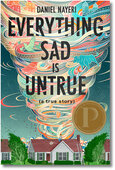
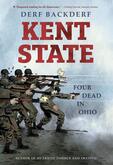
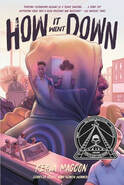
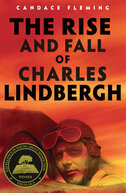
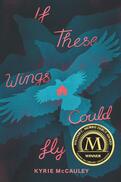
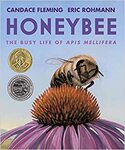
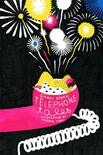
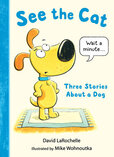
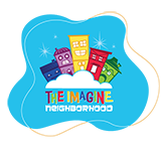
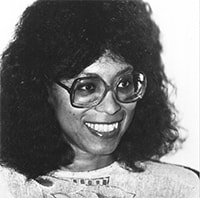
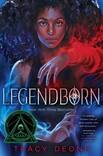
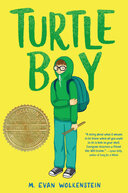
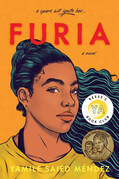
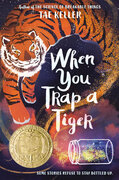
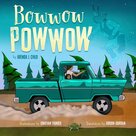
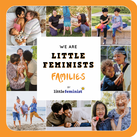
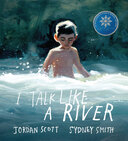
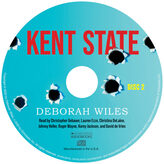
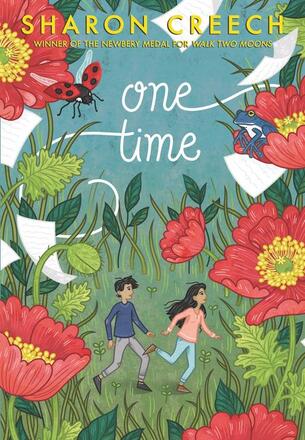
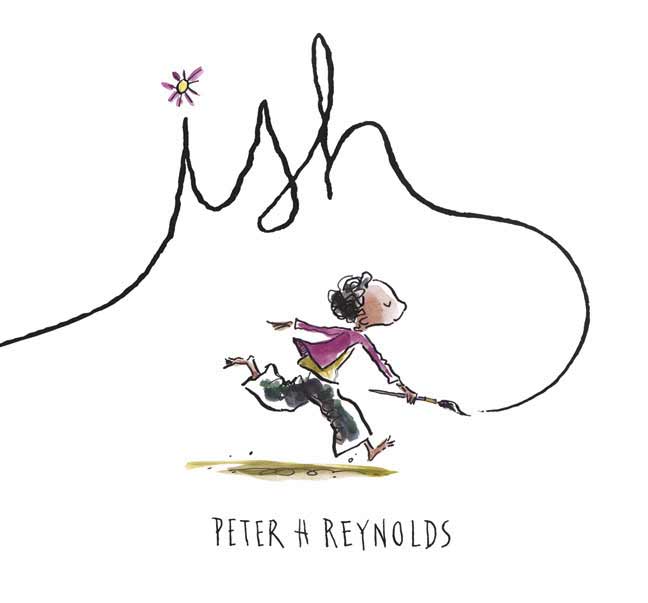
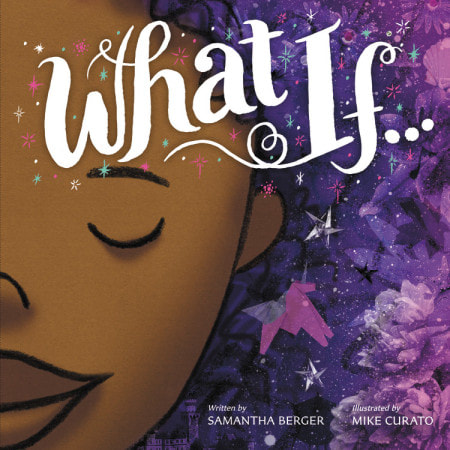
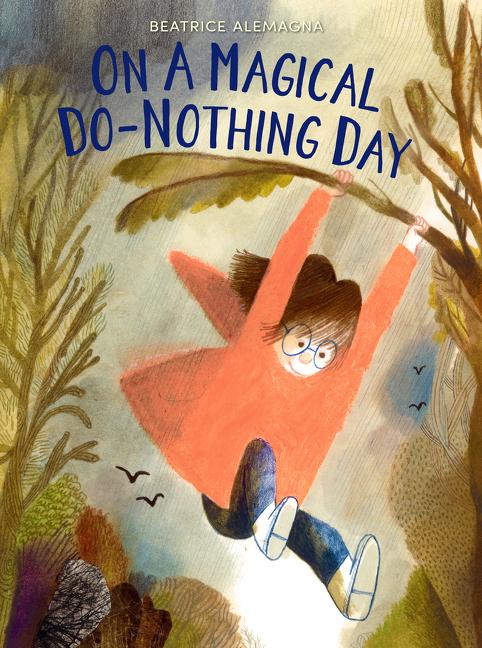
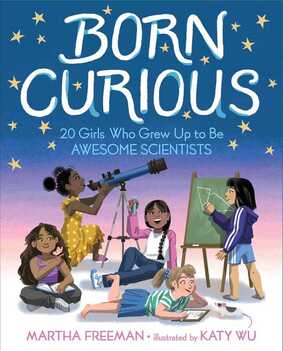
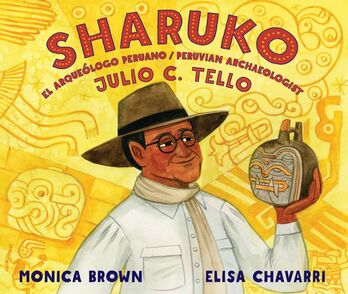
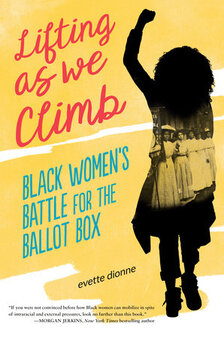
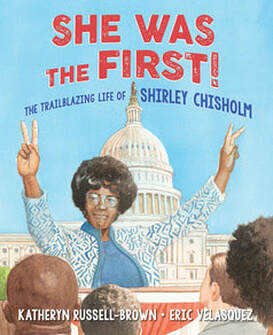
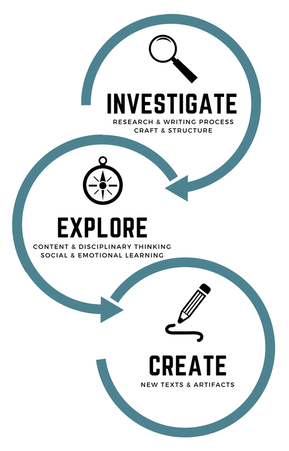
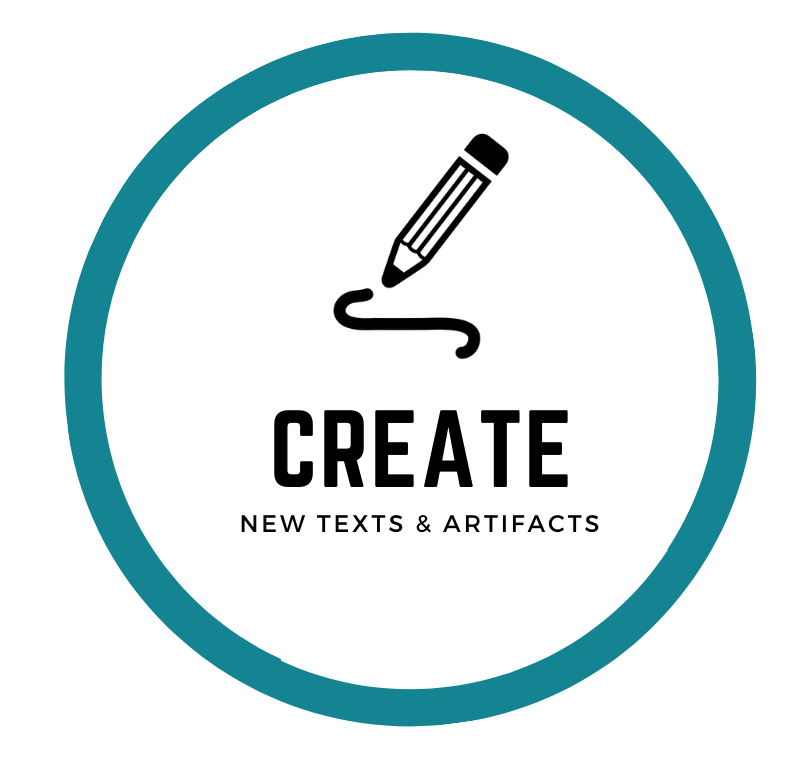

 RSS Feed
RSS Feed